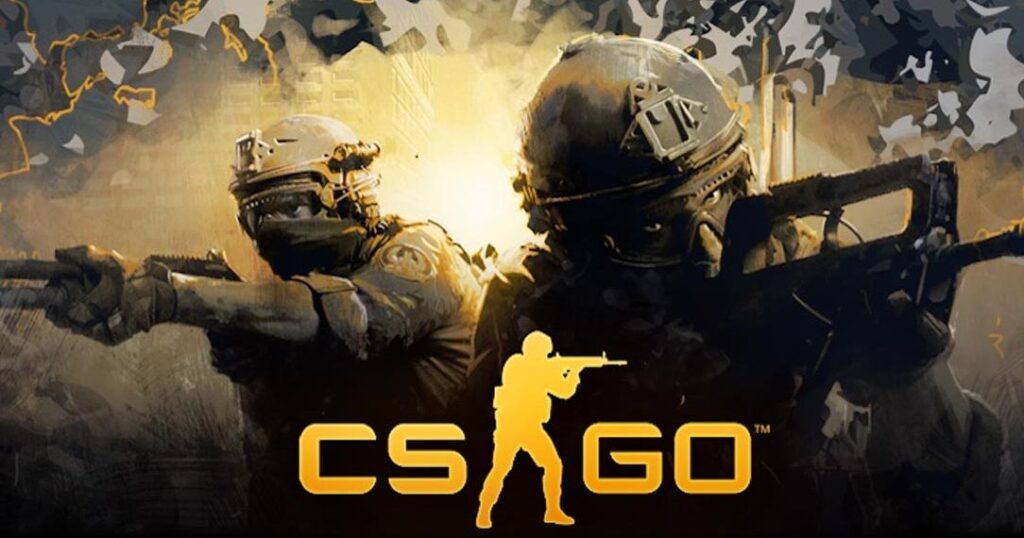Improving reflexes in video games, especially in fast-paced shooters like Counter-Strike 2 CS2, requires constant practice, focus, and adaptability. One unique method to enhance reflexes is by switching to using your non-dominant hand for key actions, such as aiming, shooting, and moving. While it may seem counterintuitive at first, this approach challenges the brain in new ways, promoting better motor skills and quicker reaction times, which are crucial in competitive gaming. When you switch to your left hand in a game like CS2, you are essentially training your brain to develop ambidextrous coordination. The human brain is highly adaptable, and engaging both hemispheres for complex tasks can improve cognitive function. By forcing your left hand to take over functions that your dominant hand typically performs, you force your brain to create new neural pathways, thus improving its ability to process information and react more swiftly. This kind of training can significantly boost hand-eye coordination, which is a key factor in improving reflexes during high-stakes moments in a game.

Switching hands also forces you to re-evaluate you are in-game movement and control. In CS2, movements are often fluid and require precision. The WASD keys, which control character movement, are typically used by the left hand, so switching to the left hand challenges your typical reflexive responses to movement, aiming, and shooting. This creates a scenario where your brain has to work harder to maintain its usual precision, which in turn sharpens its ability to make fast, calculated movements. While it may be frustrating at first, it can lead to quicker adaptation and overall improvement in reaction time. Additionally, using your left hand to perform these tasks builds muscle memory over time. Just as athletes train their weaker limbs to improve overall performance, gamers can use this technique to build more precise, rapid reflexes. The key is consistent practice and not giving up after a few attempts. At first, you might find yourself stumbling with aiming, moving too slowly, or failing to line up shots properly.
However, as you continue, your left hand will begin to naturally adapt to these tasks, and you will notice an improvement in reaction times and overall gameplay. This strategy is also beneficial for reducing overreliance on a single hand for control, which can lead to faster fatigue or slower reaction times in the long run. By spreading out the workload between both hands, you encourage more balanced muscle development, reducing strain and potentially increasing overall performance during extended gaming sessions. Training your left hand to handle game functions not only challenges you physically but also mentally, requiring you to engage in a level of multitasking that improves cognitive speed. Over time, this can give you a significant edge, as you will become accustomed to reacting to situations from multiple angles and with greater precision. Ultimately, improving reflexes by switching to your left hand in CS2 is a powerful, albeit unconventional, technique that trains the brain to think and react faster.